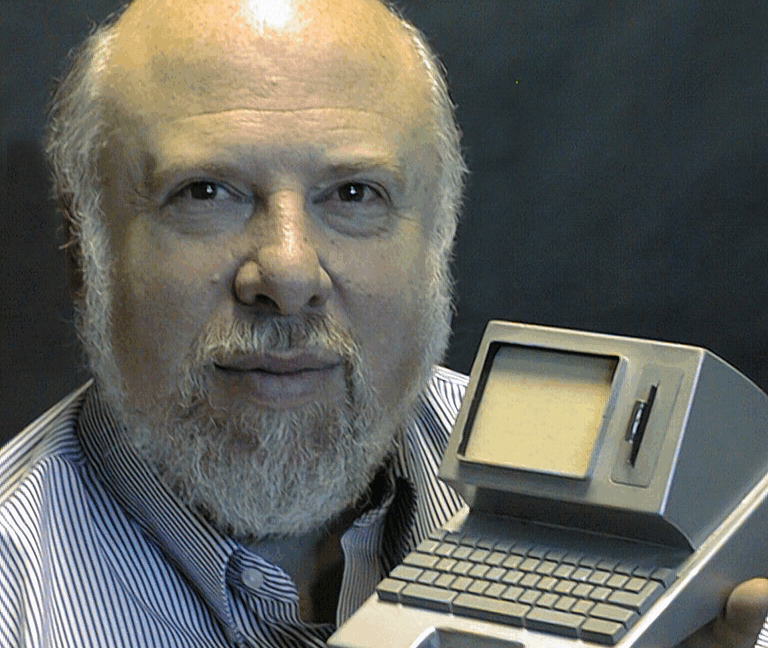Beyond Silicon Valley: How One Man's Vision Challenged the Computer Revolution

Driven by a passion to democratize technology, he sought to transform computers from intimidating machines into user-friendly tools that could be easily understood and embraced by everyday people. His vision was to break down the technical barriers that made computing seem complex and exclusive, making digital technology accessible and intuitive for everyone, regardless of their technical background.







